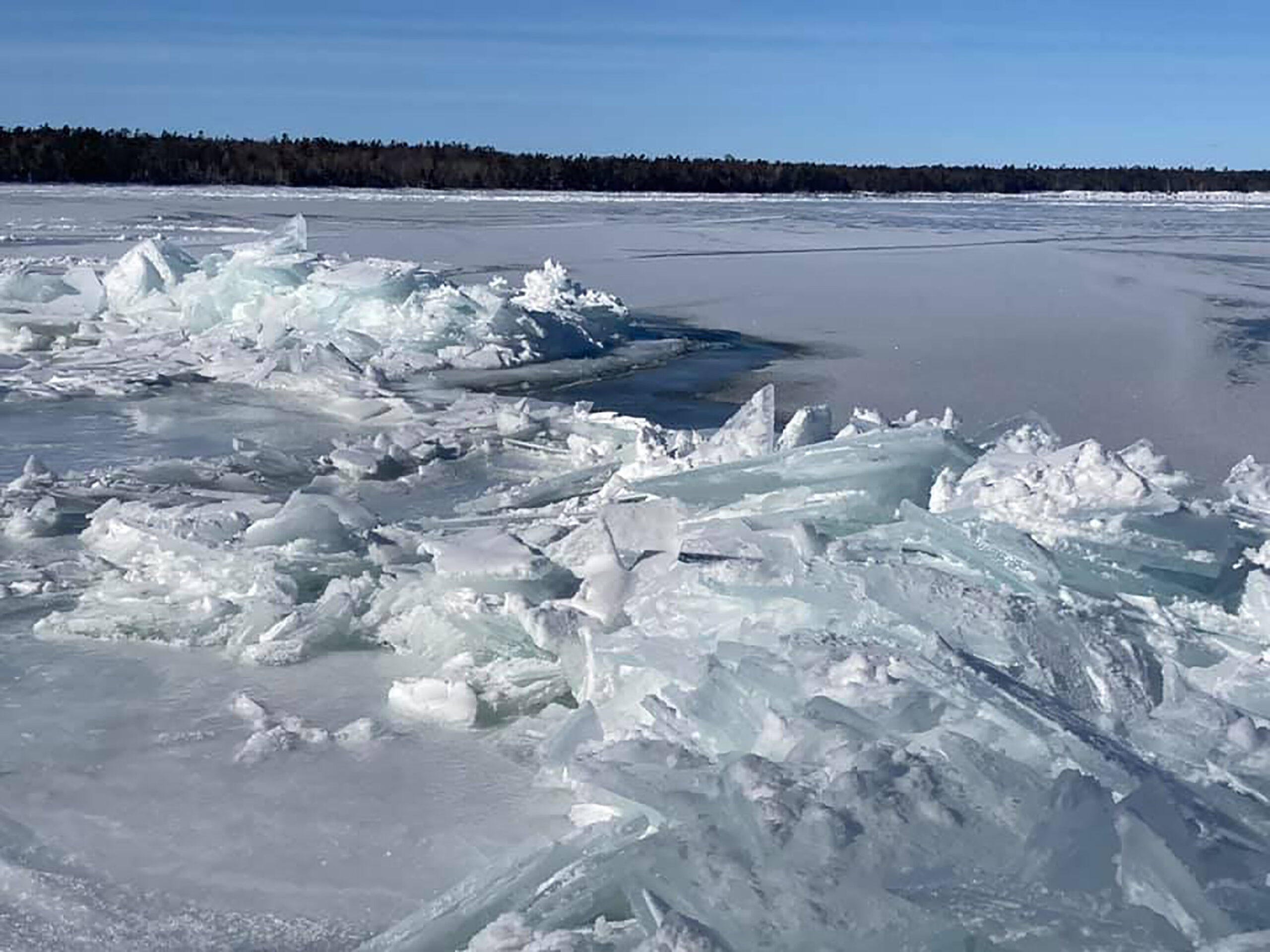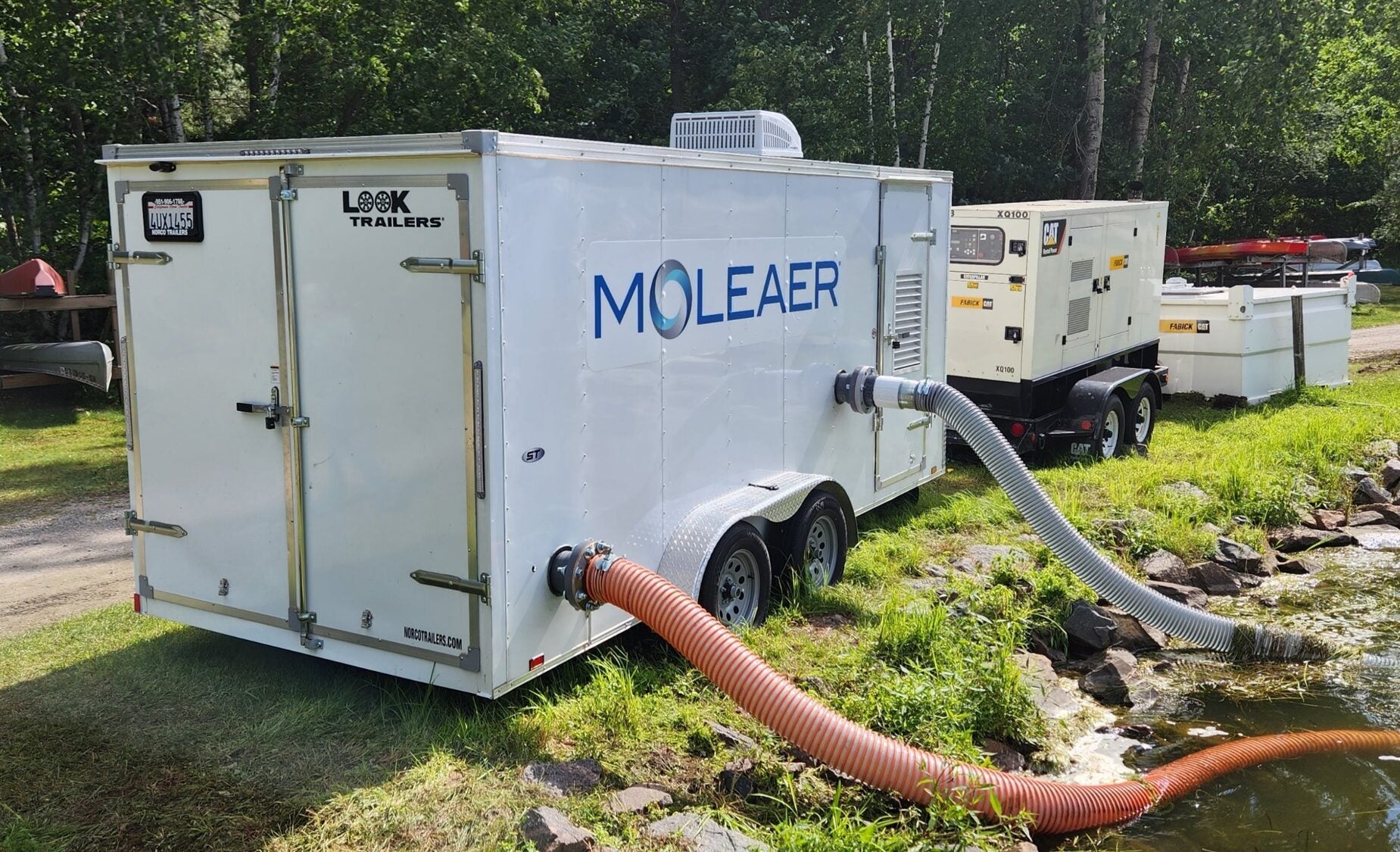Crews dumped truckloads of dirt around one of two reservoirs that hold 8.6 million gallons of water as they wrapped up construction at Waukesha’s pump station. It was late August, just over a month from when Lake Michigan water will be piped in from Milwaukee.
When Waukesha switches on these water pipes Oct. 9, it will be the first community outside the Great Lakes basin to draw water from one of the Great Lakes. Getting here has been a process spanning more than two decades for Waukesha city officials.
The suburb of Milwaukee has had to navigate opposition from other states under the Great Lakes Compact, a multistate agreement meant to protect the water. Waukesha submitted a more than 3,000-page application, held multiple public hearings and meetings spanning years, shared dozens of documents in response to regulators’ request for more details and built 36 miles of new pipe to send water to and from the city.
News with a little more humanity
WPR’s “Wisconsin Today” newsletter keeps you connected to the state you love without feeling overwhelmed. No paywall. No agenda. No corporate filter.
That means the completion of the three-year construction project is a significant milestone — but one that will not be easily followed for some municipalities hoping to access Great Lakes water.
Inside the facility, a pump whines in the background as Dan Duchniak leads the way to two pipes. The general manager of the Waukesha Water Utility points to one that’s light blue and carries water from Milwaukee. The other is dark blue and sends water out through Waukesha’s distribution system.

For Duchniak, it’s been almost 21 years since he joined the water utility to solve the city’s struggle with its declining groundwater aquifer and radium contamination of its water supply.
“When we get to the end, and you see that water coming out of the faucet, it’s going to all be worth it,” Duchniak said.
But it won’t be cheap. He said water and sewer rates are expected to go up 2.7 times since 2016, and the average bill will be around $154 per month by 2027.
On Thursday, The Waukesha Water Utility announced it was pushing back the shift to address programming issues with its new water pumps and purge its 8.6 million gallon reservoirs to “minimize any potential taste or odor problems” during the transition. When the switch is made, the whole transition will take several weeks. However, the vast majority of the roughly 72,000 people served by the utility will have Great Lakes water within the first five days as part of the $286 million project.
“I’ll just be happy for the residents in the city of Waukesha,” Duchniak said. “They’ve been waiting for a long time for a sustainable, safe water source.”
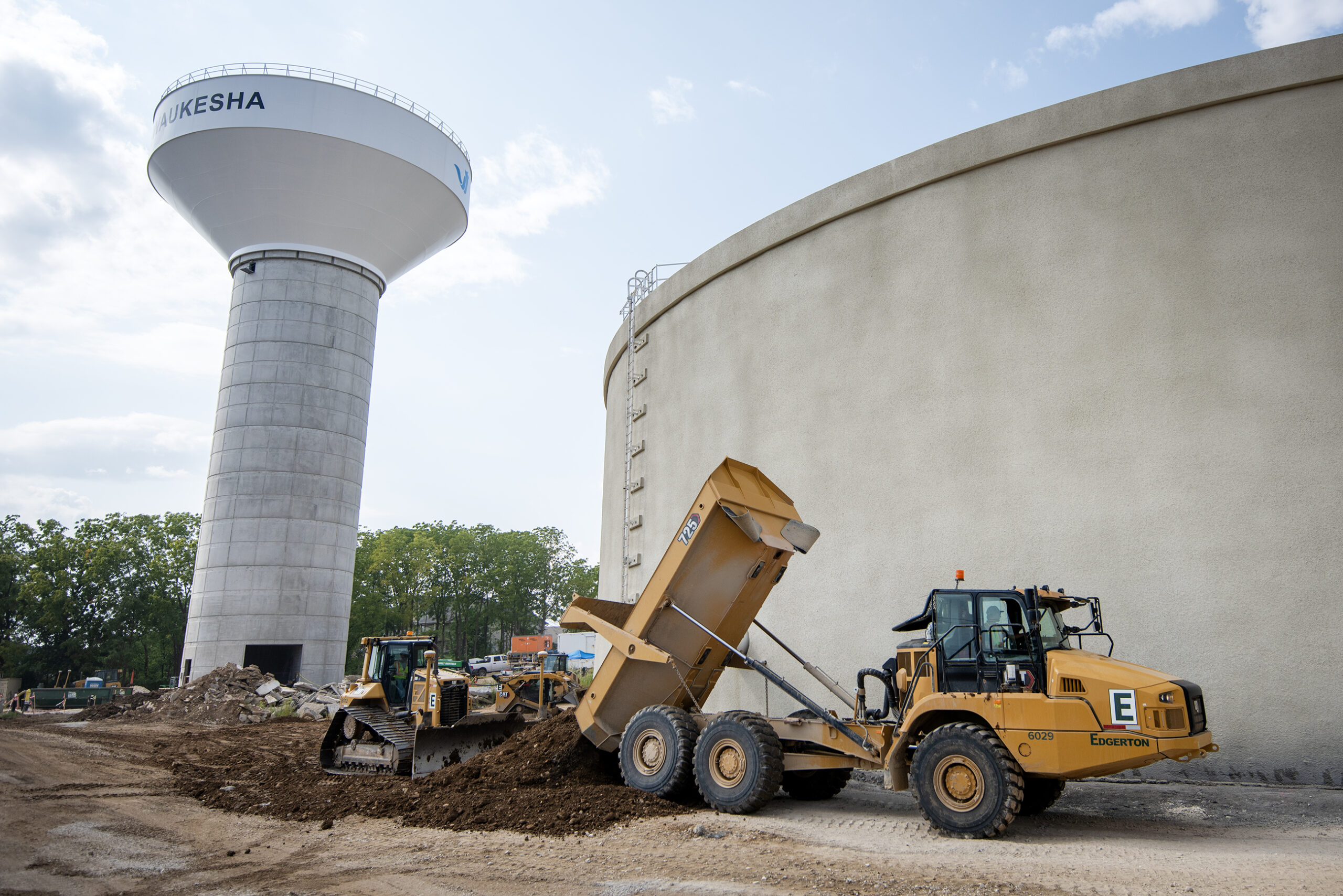
It’s the biggest test case the Great Lakes Compact has ever seen, according to Peter Annin. He chronicled the city’s efforts to secure Great Lakes water in his book “The Great Lakes Water Wars.“
“There were winners and losers in this Waukesha decision,” said Annin, who is also director of the Mary Griggs Burke Center for Freshwater Innovation at Northland College in Ashland. “There were 11,000 comments that came in about Waukesha — the vast majority of them opposed. Whether you like the Waukesha decision or not, you can’t deny that it’s extremely historic for the Great Lakes region, and especially historic for the Great Lakes Compact.”
Access to fresh water is one of the conditions for the growth of any city. In the western U.S., that has at times meant fierce competition for water from the Colorado River for desert regions like Arizona and Nevada. In central Asia, large lakes like the Aral Sea have largely dried up over decades due to climate change and water diversions. For Midwestern states and some Canadian provinces, those trends elsewhere have made the Great Lakes an invaluable resource, and one that is important to protect. In the 2000s, the Great Lakes Compact was created as a way of ensuring that the resource would be around for future generations.
Before the Compact was even signed into law, former Democratic Gov. Jim Doyle said Waukesha’s plans to seek Great Lakes water were already controversial because the city lies just outside the basin. He chaired the Council of Great Lakes Governors when the deal was eventually signed into law in 2008 by Republican former President George Bush.
“We really had to give everybody the assurance that there would be a process — both the sides that wanted the withdrawal and the sides that didn’t … by which you could be assured that the water would be returned, and it would be treated,” Doyle said.
The boundary for the Great Lakes basin is closest to the shoreline in an area stretching from Milwaukee to Chicago, and Annin said it’s easy for communities like Waukesha to fall just outside the watershed.
The city is also located in a water-stressed area that contends with naturally contaminated or declining groundwater aquifers. Waukesha has been facing a court order to meet drinking water standards for radium by Sept. 1.
Noah Hall, a law professor with Wayne State University in Detroit, spent two years working closely with the Council of Great Lakes Governors and others to craft the Compact. Under it, the deal carved out exceptions for communities and counties that straddled the basin line.
Eligible communities that requested a water diversion would only need approval from their state’s governor. A similar request from a straddling county would need the green light from all eight Great Lakes governors. The straddling county exception gave Waukesha a path to Great Lakes water.
“And what we didn’t know was if they would get the water or not,” Hall said. “Basically, we created an approval process. That was not a foregone conclusion.”
Waukesha’s bid for Great Lakes water took years, revisions to gain approval
The southeastern Wisconsin suburb first applied for Great Lakes water in 2010. After revising its application several years later, the city asked to withdraw at most 10.1 million gallons of water per day for a larger area than it was serving. That drew opposition from environmental groups, including the Alliance for the Great Lakes.
“There were concerns about the amount of water that Waukesha proposed diverting from the Great Lakes. It was much more than they were using at the time,” said Molly Flanagan, the group’s chief operating officer.
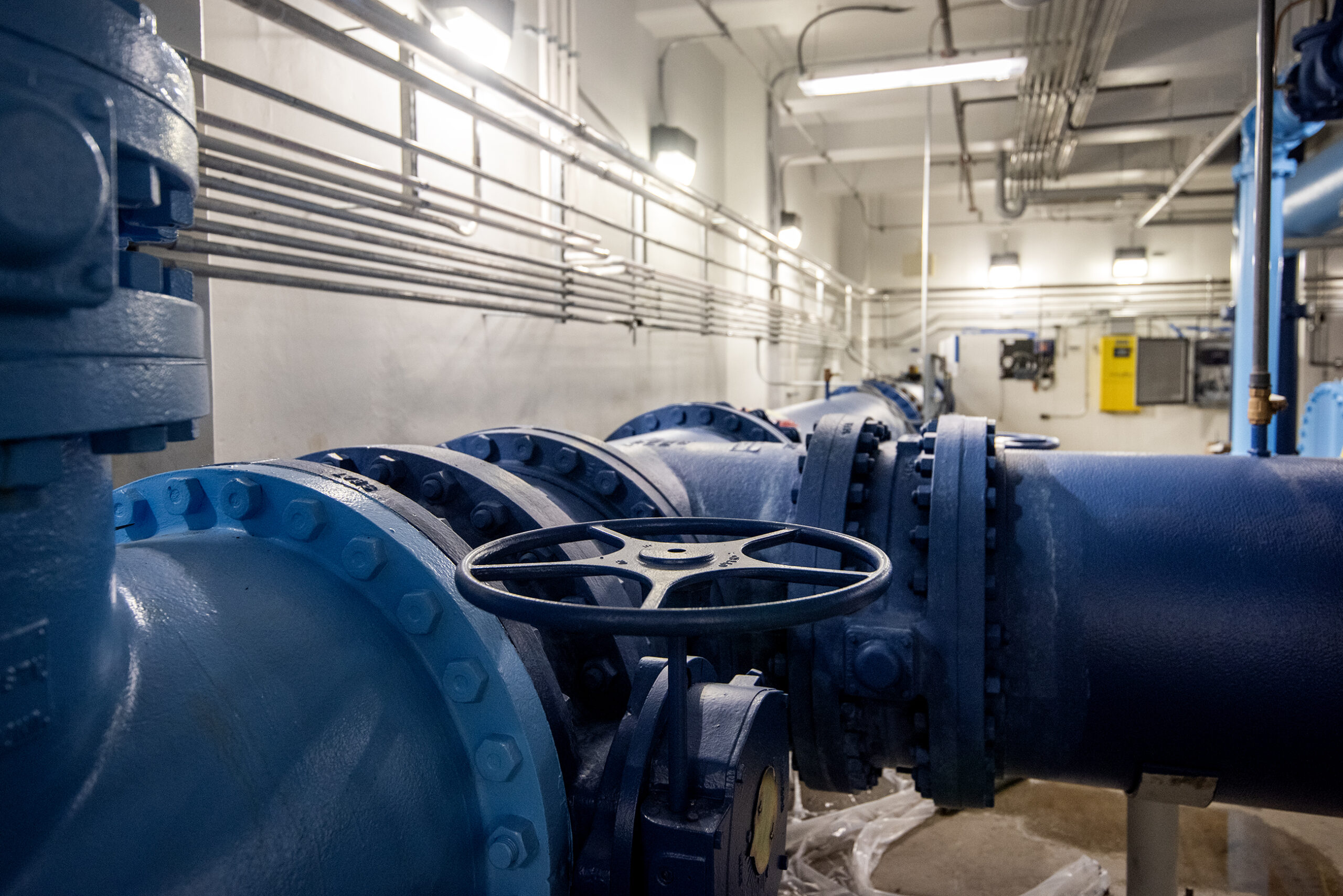
Groups also questioned whether Waukesha had explored other alternatives. Flanagan said they also had concerns about the size of the city’s larger service area and effects on the Root River, which flows into Lake Michigan. That’s where the city will return 100 percent of the water piped in from Milwaukee after treatment.
After multiple public hearings and meetings, the city’s service area was eventually scaled back, and the proposed withdrawal was reduced to a maximum of 8.2 million gallons per day.
Any governor in the eight states that are signatories to the Compact could have vetoed the diversion, and Annin said Waukesha barely made the cut. In 2016, Minnesota’s Republican former Gov. Mark Dayton was still undecided in the days leading up to a vote. Despite reservations, the Compact Council that represents eight Great Lakes states unanimously approved the diversion in June of that year.
Even after the diversion was approved, the project continued to face opposition. The Great Lakes and St. Lawrence Initiative, a group of Great Lakes mayors, feared it “opens the barn door” for more withdrawals. The group challenged the decision. David Ullrich, the group’s executive director at the time, said they felt the city hadn’t adequately explored other alternatives for their water, like treating for radium or drawing water from a deep aquifer. The council found those options weren’t sustainable.
The group later dropped the challenge and reached a settlement to improve procedures for reviewing diversions, including more public input. Personally speaking, Ullrich said he still disagrees with the decision.
“I would still prefer that they not be getting Great Lakes water, and I still believe that they did not meet the conditions for the exceptions,” Ullrich said. “At the same time, I think it is a relatively minor diversion, and it is being returned to the Great Lakes.”
The Wisconsin Department of Natural Resources said Waukesha will actually return more water — about 9.3 million gallons — to Lake Michigan than it’s diverting. The city will have to track the amount of water that’s withdrawn and returned. It will also have to monitor the Root River for a minimum of 10 years to identify any changes to flows, water quality or temperatures to minimize negative effects or maximize benefits of the diversion. The Compact Council found the increased flow to the river would benefit the salmon fishery.
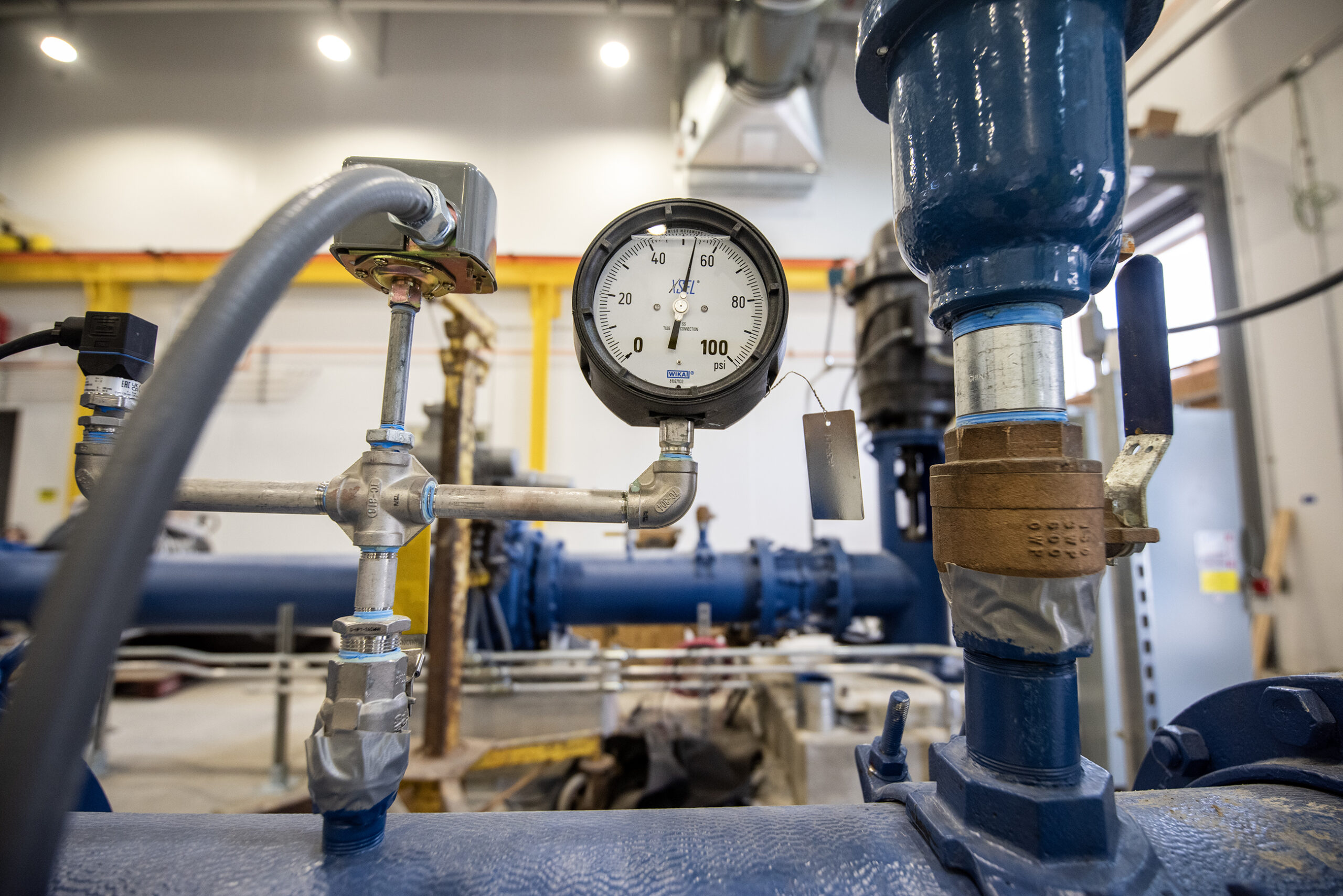
Waukesha’s water withdrawal is also a fraction of the Chicago diversion, which reversed the flow of the Chicago River outside the Lake Michigan basin in 1900. The diversion allows more than 2 billion gallons of water to be sent outside the watershed each day under a 1967 consent decree approved by the U.S. Supreme Court. As part of negotiations, that diversion was exempted from requirements under the Great Lakes Compact.
In April, the city of Chicago reached a $1 billion deal to provide the Illinois city of Joliet and five other communities with treated Lake Michigan water. That deal could provide up to 105 million gallons per day, and it won’t face any scrutiny under the Compact.
In 2021, four states withdrew around 10.6 billion gallons each day from the Lake Michigan watershed, according to the most recent report on Great Lakes water use. Of that, about 1.8 billion gallons per day were lost from the basin, and the Chicago diversion accounted for more than half of that. Even that amount, though, is a fraction of the overall resource. Lake Michigan is estimated to hold 1,180 cubic miles or nearly 1.3 quadrillion gallons of water.
‘No water body is immune’ from climate change effects

At a Sept. 7 ribbon-cutting ceremony for the city’s new water infrastructure, Waukesha Mayor Shawn Reilly toasted the completion of the years-long effort with a glass of Milwaukee water alongside the city’s Mayor Cavalier Johnson.
While not everyone agrees, some environmental advocates and officials involved with the process say they feel the process for reviewing the diversion worked. That’s because the Compact Council responded to concerns of environmentalists and other stakeholders to make its diversion sustainable.
“Now that it’s coming online, and the diversion is actually going to happen, I still feel like the Compact works,” Flanagan said.
Hall with Wayne State University said the fact that the Compact set out a long, difficult process for Great Lakes water diversions is a good thing.
“Sitting here right now with what feels like half the world on fire and running out of water, I’m really glad we have a Great Lakes Compact that prohibits massive diversions and diversions to other parts of the country,” Hall said.
Because of the strength of the Compact, Annin said, it’s unlikely that future requests for Great Lakes water will come from water-starved western states.
“What we’re seeing under climate change is that no water body is immune from the negative impacts of climate change,” Annin said. “And so it makes the idea of pursuing long-range, large-scale water diversions seem even more ridiculous than it seemed before.”
In the future, he said options like water conservation, desalination or water recycling may be ways to deal with water scarcity. Even so, Annin said he wouldn’t be surprised if the next request for Great Lakes water came from water-stressed areas of southeastern Wisconsin.
In Joliet, deep, sandstone aquifers have seen “unprecedented” declines in water levels after more than a century of withdrawals, according to the Illinois State Water Survey. As communities face challenges with water quality or quantity, Duchniak with Waukesha’s Water Utility said he doesn’t think the city’s diversion will be the last.
“But I will say this: I think the precedent that we’ve set with returning 100 percent of the water … that is a precedent that can’t be undone,” Duchniak said.
Wisconsin Public Radio, © Copyright 2026, Board of Regents of the University of Wisconsin System and Wisconsin Educational Communications Board.

